|
Found in disturbed soil, waste areas, fields
Seen blooming in June in Abiquiu Curly Dock is a common sight (weed) growing from 2 to 5 feet tall with a stout reddish stem from a basal rosette of leaves. The leaves are up to 12 inches long and dull green with ruffled (curly) edges. Flowers are tiny and yellowish or reddish green and grow in dense long clusters. Each flower produces a single seed which matures to rusty brown. It is in the same family as rhubarb. The leaves, stem, seed, and root are all edible or medicinal. Dock leaves can be eaten raw or cooked, seeds ground into a flour. The common name Yellow Dock comes from its yellow root which is used as a constipation remedy, digestive aid and diuretic. It is also used to treat several kinds of inflammatory skin conditions, such as eczema, psoriasis, and nettle rash. It is also useful against internal inflammation, such as arthritis and rheumatism. Pima, Cheyenne, and Choctaw made yellow dye from the roots. Source. If you trying to identify a different flower then you can check what other flowers bloom this month. If you cannot identify a flower from the website, send a photo and where you took it to [email protected]. Read online for tips.
0 Comments
Found in dry areas, sand, rocky slopes
Seen blooming in June by Hwy 554 east of El Rito Another species well adapted to our dry environment and cold winters is the Plains Prickly Pear, the most widespread cactus in the US. It grows very close to the ground with spreading stems forming untidy mats. It has relatively small circular pads, two to six inches across, with many spines pointing in all directions. It has large, fixed spines and small, hairlike spines called glochids that easily detach from the plant to penetrate skin and cause irritation. The showy, bright flowers can be up to three inches across and are most commonly lemony-yellow, but can also be bright pink or pale orange. The fruit is dry and covered with barbed spines, not fleshy and juicy like many other prickly pears. The common name of Starvation Cactus comes from the Native American use of the cactus pads for food during times of famine because they could be harvested even during the winter and early spring when few other foods were available. They also burned the spines off to provide forage for livestock. The fruit was eaten raw, dried, or cooked. Fruit was singed with hot coals to remove spines, then split and dried in the sun and stored for winter use. Ripe fruits were used for dye. The spines were used as fish hooks and the seeds were made into beads. Source. If you trying to identify a different flower then you can check what other flowers bloom this month. If you cannot identify a flower from the website, send a photo and where you took it to [email protected]. Read online for tips. Found in dry areas, washes, rocky slopes
Seen blooming in late May in Red Wash Canyon Trees with their deep roots seem to be doing OK in this drought; the Cottonwoods are snowing cotton, the Russian Olives are in bloom and filling the air with their sweet scent. Mountain Mahogany grows in full sun and can tolerate dry conditions and is also in bloom. It grows as a shrub or small tree to 12 feet tall. Leaves are dark green above but pale and hairy below with veins radiating from the stem. The flowers are a narrow, pinkish, half inch long tube with golden stamens. The seeds have showy, feathery, twisted plumes. Palo duro, meaning hard wood, was given its Spanish name because of the extreme toughness of the trunks and branches. The wood has a bright red color when freshly cut and those of English stock called it Mountain Mahogany. The wood is strong and hard. Native Americans used it to make digging sticks, bows and arrow points. Roots were used to make a red dye. Medicinally it was used for stomach troubles, to hasten postpartum recovery, as a laxative, for coughing and as a dressing for burns. Source. If you trying to identify a different flower then you can check what other flowers bloom this month. If you cannot identify a flower from the website, send a photo and where you took it to [email protected]. Read online for tips. Found on sandy slopes, piñon/juniper woodland
Seen blooming in May in Arroyo de los Pinavetes, Santa Fe NF Flowering plants are few and far between in our parched landscape. In my wanderings in search of blooms I have noticed that some species have not bloomed at all, not surprisingly, while others have bloomed a month earlier than usual. So, it was a very pleasant surprise to find many of these plants in bloom on the sandy bank of the arroyo. The Fringeleaf Necklacepod grows to 16 inches high in colonies from a deep underground root system. Leaves are silvery and narrow. Pea-like flowers are pale blue to purple. Narrow seed pods are 2 to 3 inches long and hairy with 1 to 5 seeds. No traditional uses of the plant were found but it contains alkaloids that are toxic to animals, like another species in this family, the locoweed. If you trying to identify a different flower then you can check what other flowers bloom this month. If you cannot identify a flower from the website, send a photo and where you took it to [email protected]. Read online for tips. Found in canyons, dry openings, slopes
Seen blooming in May on Espinosa Trail, Santa Fe NF Banana Yucca is one of several yucca species that grow in our area. Its stiff, broad, bluish-green leaves grow to 2½ feet long with a sharp point and fibrous edges. The large, waxy flowers grow in drooping clusters on a stem about as tall as the leaves, although the flowers can extend above the plant. The other yuccas have narrower leaves and a flowering stem above the leaves. Most yuccas have dry hard fruits, but the fleshy fruits of the Banana Yucca can be 7 inches long and look like fat, green bananas. These fruits were a traditional food of several Native American tribes. They were prepared by roasting or baking, stripping out the seeds, pounding the remaining flesh into a pulp, forming the pulp into flat cakes, and sun-drying them for later use. Besides food, yuccas have other traditional uses. The leaf blades can be woven into baskets, used to make brushes, or with the fleshy leaf tissue removed the remaining stiff fibers can be made into a combination needle and thread. The roots are prized as a natural soap. These yuccas are often used in landscaping, as can be seen in front of Café Sierra Negra. Yuccas are the State flower of New Mexico. Source. If you trying to identify a different flower then you can check what other flowers bloom this month. If you cannot identify a flower from the website, send a photo and where you took it to [email protected]. Read online for tips. |
AuthorI am Marilyn Phillips, a native of England, whose love of nature and the outdoors from childhood brought me by a circuitous route to Crested Butte, Colorado in 1993 and 16 years later to northern New Mexico. My exploration of the many trails in these areas, my interest in wildflowers and photography, and career in computer system design came together in this creation. If you have any corrections, comments or questions, please contact me by email. Archives
September 2025
Categoriescopyright © 2020
|

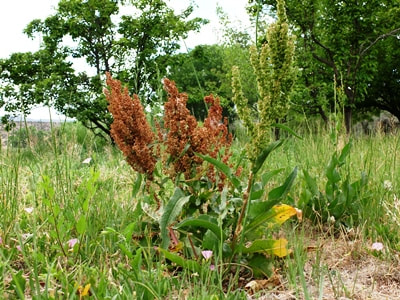
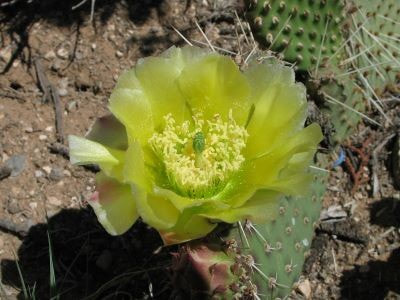
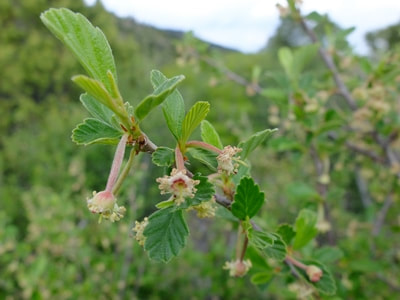
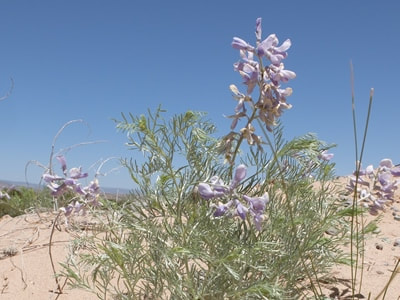
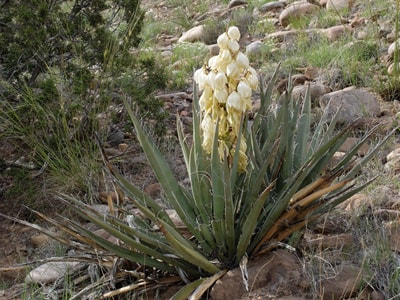

 RSS Feed
RSS Feed